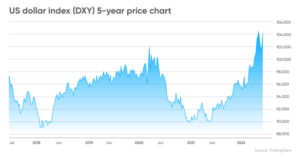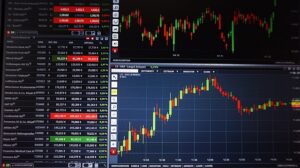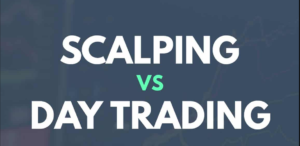How To Use Take Profit and Stop Loss on Forex

The more data you gather – the better you can manage your investments. This is the initial rule of trading.
As a beginner investor in forex, Take Profit and Stop Loss are two crucial functions you need to learn. Since protecting your profits is the main goal, these will help manage any other risks that may cause you unfortunate results.
It’s good to note that professional traders use a unique risk technique – they don’t place more than 2% of their overall account’s worth.
Keep reading this article to learn more about the take profit and stop loss and how these orders can help if you plan to boost your trading on the currency exchange market.
What Are Take Profit and Stop Loss?
Many orders can account for better trading in forex, but taking profit and stopping Loss is elemental. These two are an essential part of trading.
Knowing how to use them efficiently will be introduced further, but first, it is important to understand what they stand for.
Take profit or target price is an order function you send to your broker to stop your trading when a certain price reaches a certain point. Said, it allows you to take the profit out of open trade.
Stop Loss is used to instruct the broker to stop the losses on a position. It can be applied to your short-term and long-term forex plans, as it controls the risks you might encounter.
They are pretty simple to use, but learning how to benefit from them the most is what matters.
Yet, before using these functions, you must find a good broker and choose the right account. You can compare broker companies via Brokersview and find the one that suits you the most.
How Do They Work?
Take profit and Stop Loss are orders invented to help traders operate their trades better. Not limiting your broker with either of these orders could result in significant losses.
Trading without stop loss might end up with all your capital drained. And without the take profit order, you might miss the chance to acquire your profit at its highest point.
It is important to note that markets can never be completely predictable, so for beginners, it’s always advised to play it safe, i.e., to start with lower risk take points.
What is tricky in these situations is the emotional connection people establish – known as trading psychology. This is where take profit or stop loss can both benefit.
How To Use Take Profit
Setting the take-profit order in your forex trading should always depend on your strategy and risk level. A modest take profit gives a more secure trade but allowing this limit to be more flexible grants you access to different and more diverse markets.
It depends on whether you are placing a buy or a sell trade. With the buy trade, the take profit order is placed above the entry buy. This would ensure you profit when selling.
But if you place a sell trade, the take profit is below the entry sell point. Again, this ensures you make the most profit when buying.
How to Use Stop Loss
What is crucial about using the stop loss order is that it must be put on a logical level. First, analyzing the trading market would be important since the stop loss must correspond to it.
Stop Loss can be used in a few ways. The first is when your trading automatically halts to stop Loss. Another one is to be alerted when the market goes against your order.
Experienced traders use this option to turn the trading to their benefit, despite the variations in the market.
Just with the take profit order, placing the stop loss also depends on whether you buy or sell trade. The stop loss is placed below the entry buy point when on a buy trade. Contrary, with a sell trade, this order is set above the entry sell point.
A common mistake is setting the stop loss very close to the starting point of trading. This happens because traders don’t want to lose their income, especially newbies.
Conclusion
Using orders on forex to uplift tradings is always a great choice.
Take profit and Stop Loss are the easiest functions, which is why they are the first trading term every beginner trader starts with. Their simplicity allows newbie investors to use them and lower the risks while enhancing their initial capital.
Of course, calculating the risk and the reward beforehand could help with your trading. And using these orders would assist you throughout the process.






